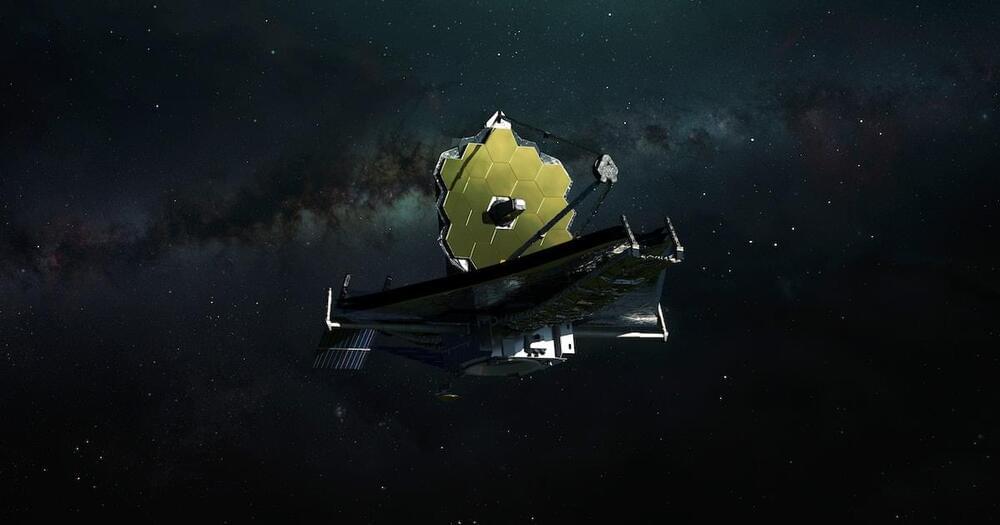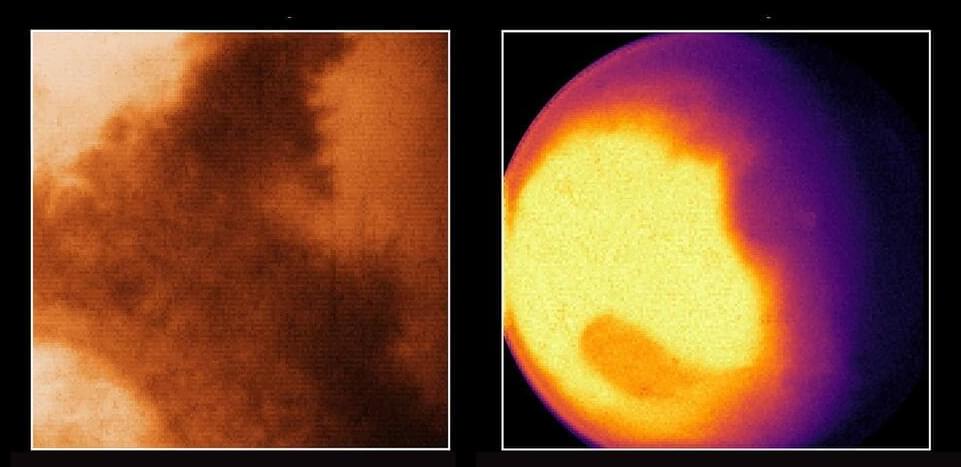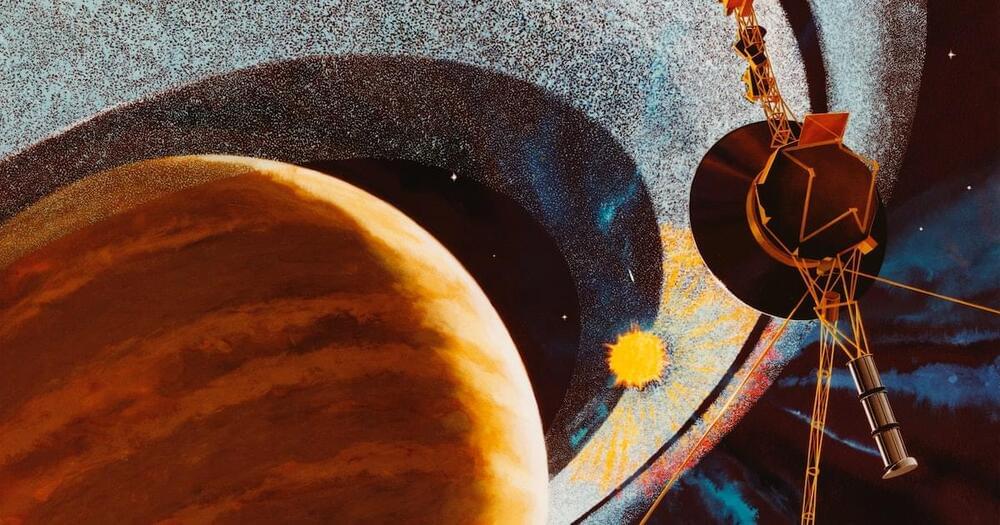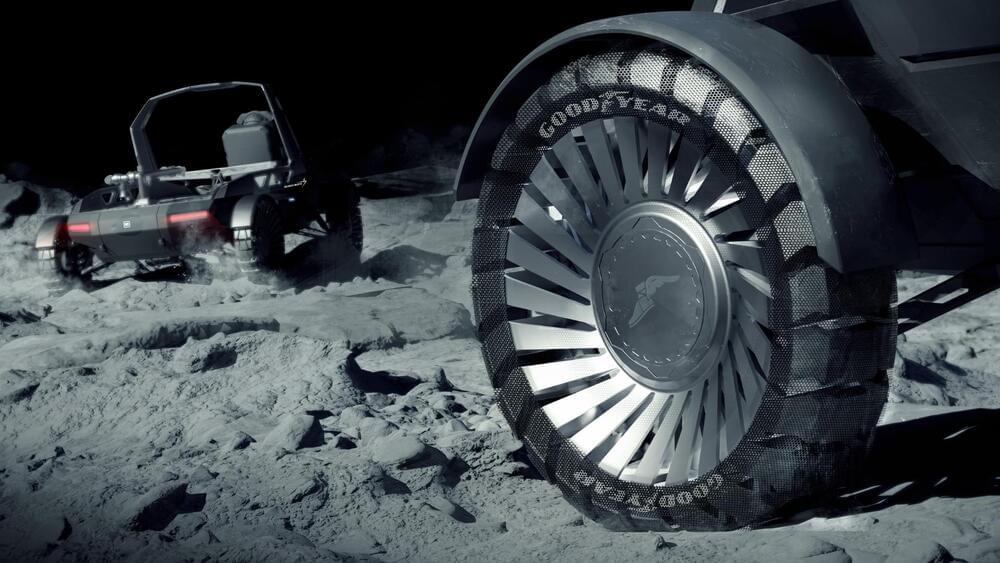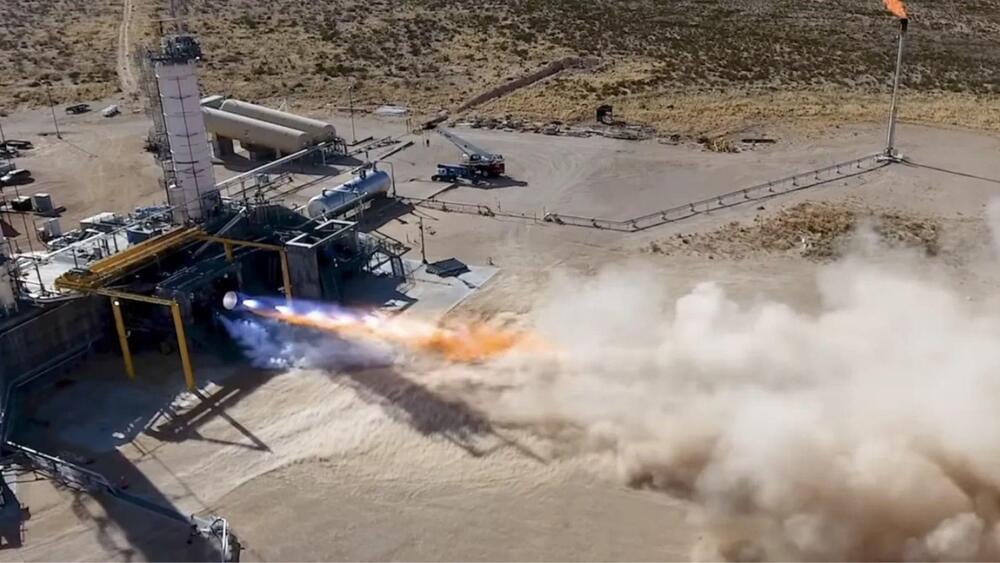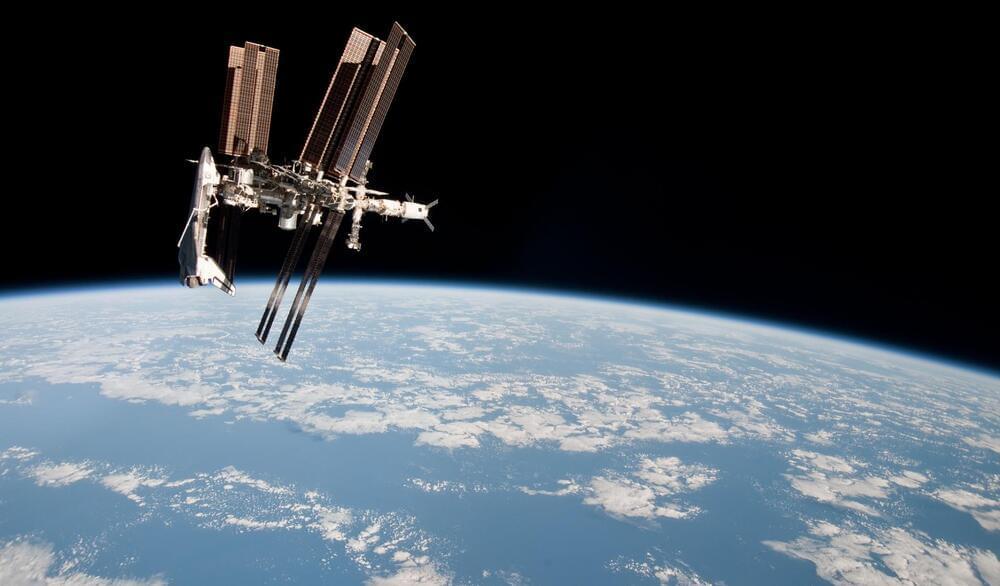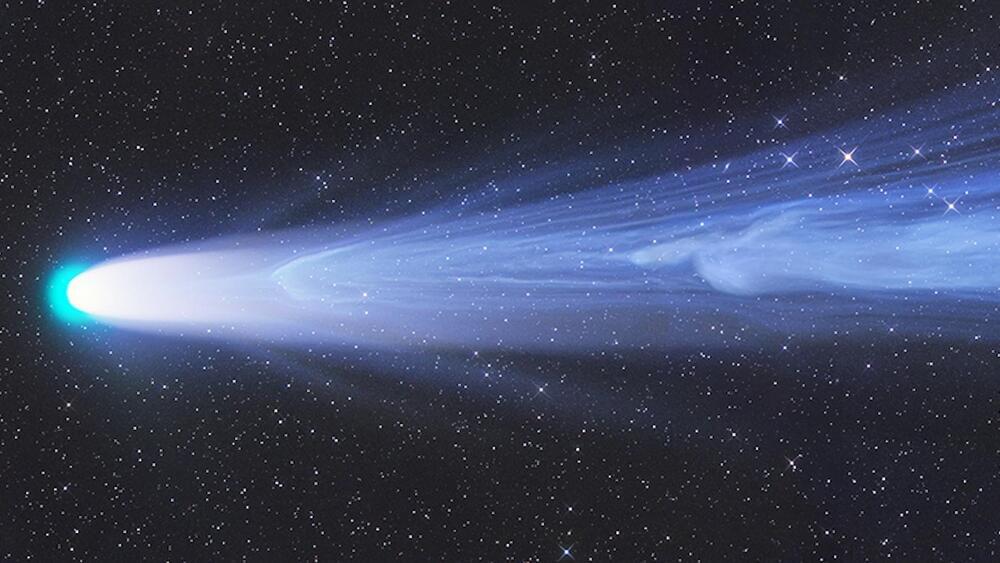Sep 20, 2022
NASA discovers a problem with one of the Webb Telescope’s most important instruments
Posted by Atanas Atanasov in category: space
One important mode on the next-generation telescope is off.
One important mode used on the MIRI instrument on the massive telescope isn’t working, and NASA is trying to assess if it can be fixed.
